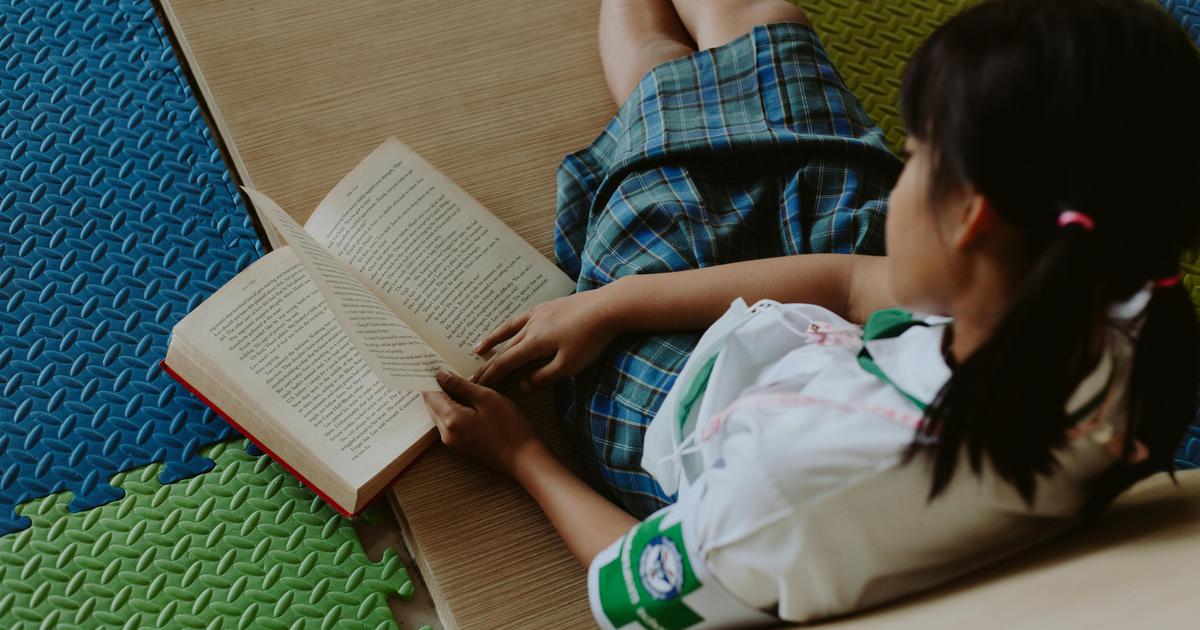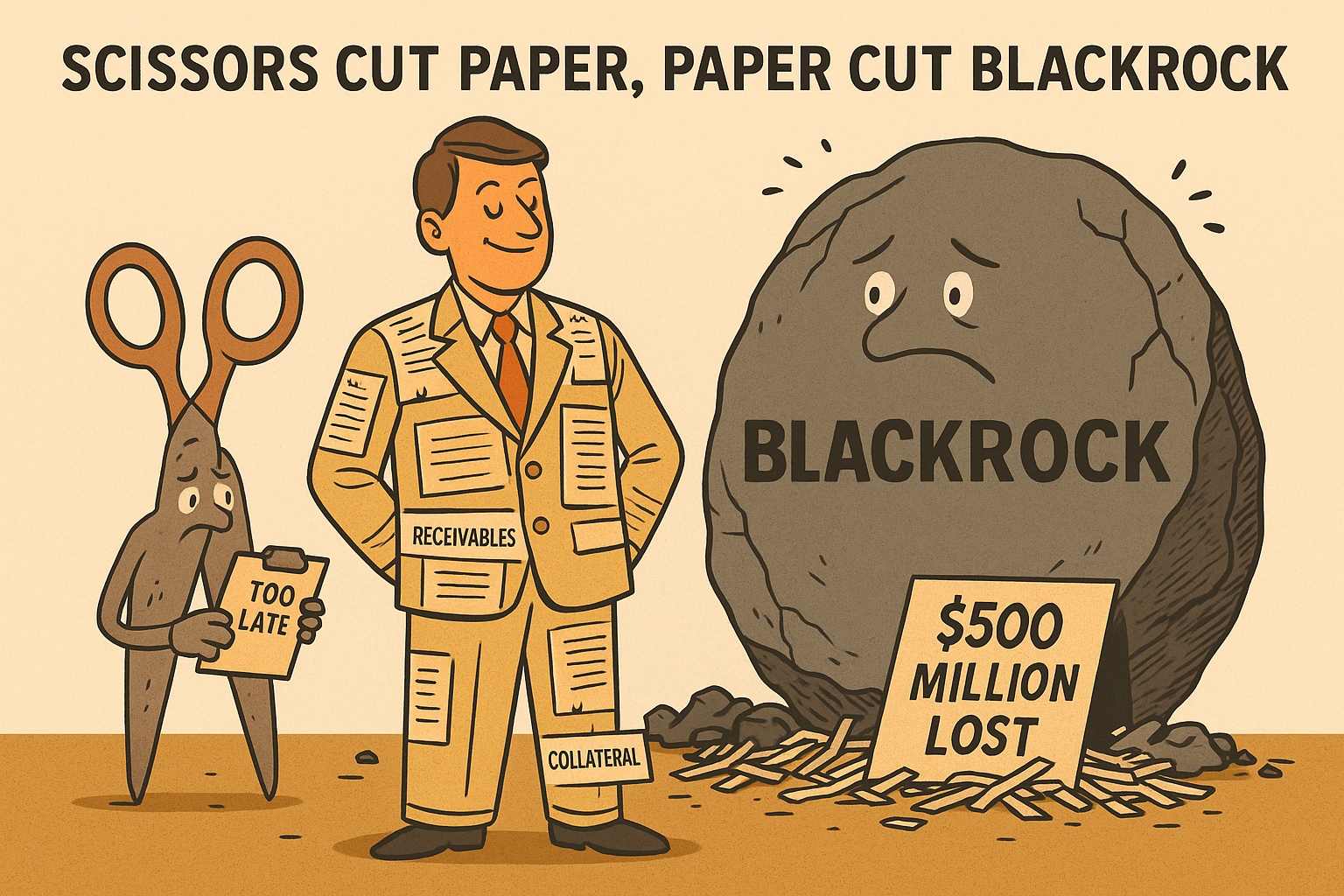Why the tactile experience of books still matters in raising curious, empathetic readers

Join our WhatsApp Community to receive travel deals, free stays, and special offers!
- Join Now -
Join our WhatsApp Community to receive travel deals, free stays, and special offers!
- Join Now -

For all the convenience of screens, childhood reading is not merely about decoding words; it is a full-body, social and emotional practice. The feel of paper, the weight of a page turned, the margin where a child can circle a word or jot down a thought – these material cues quietly help sustain attention and memory. Increasingly, research shows that the tactile nature of print continues to play a distinctive role in helping young readers become more compassionate.
Across many studies comparing reading on paper with reading on screens, readers tend to comprehend slightly better from print, particularly when dealing with factual texts or working under time pressure – common features of schoolwork. A meta-analysis found a consistent paper advantage in comprehension, especially for informational texts and timed reading tasks.
Part of the reason is spatial and tactile. A paper book offers fixed landmarks, the thickness of pages read and those yet to come, and the exact placement of a paragraph, which aids orientation and memory. These stable cues are harder to reproduce on scrolling screens and have been linked to deeper concentration and better monitoring of one’s own understanding.
Large-scale assessments such as PISA have also flagged that over-reliance on digital reading may be linked to dips in...
Read more
What's Your Reaction?
 Like
0
Like
0
 Dislike
0
Dislike
0
 Love
0
Love
0
 Funny
0
Funny
0
 Angry
0
Angry
0
 Sad
0
Sad
0
 Wow
0
Wow
0





















































